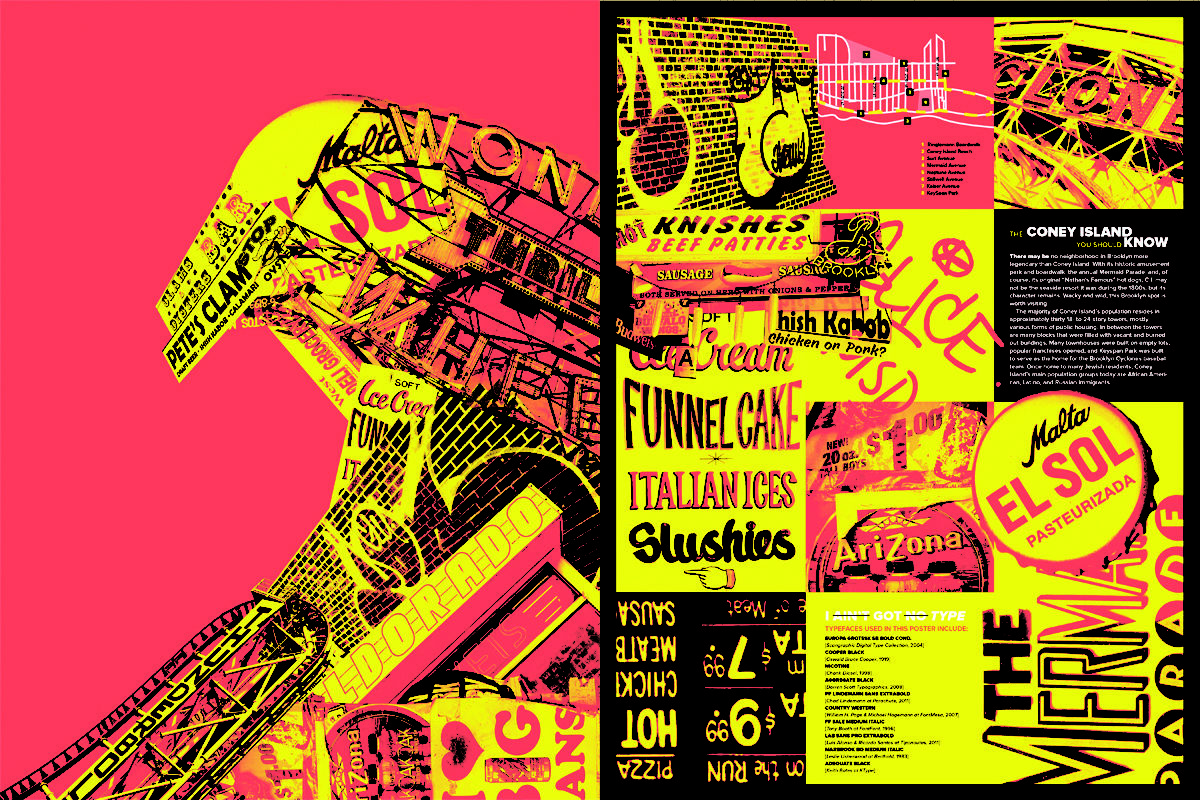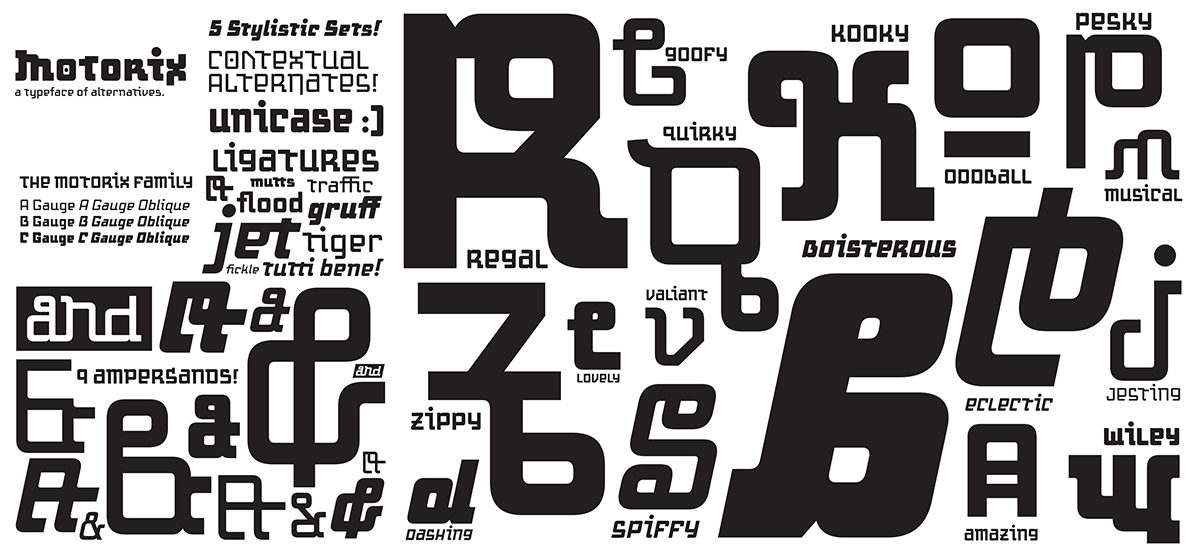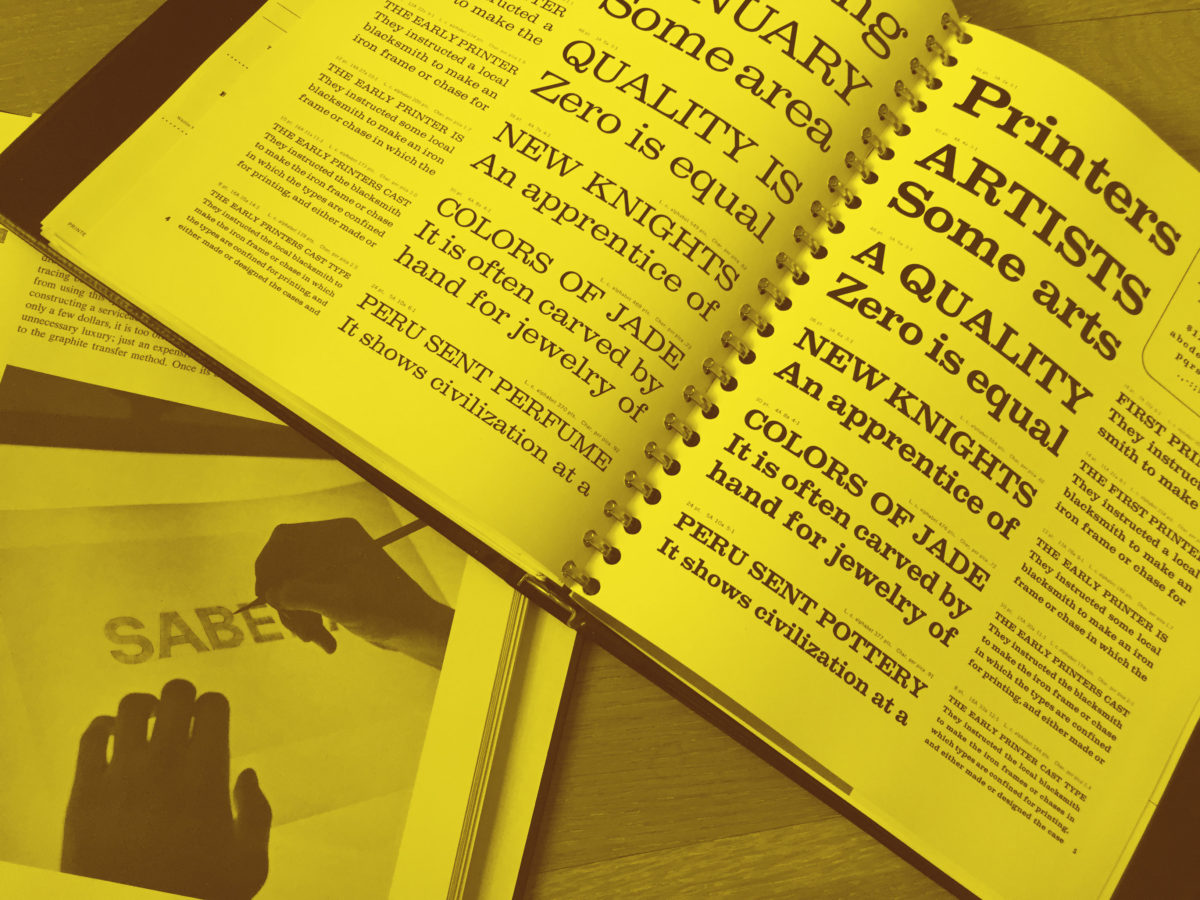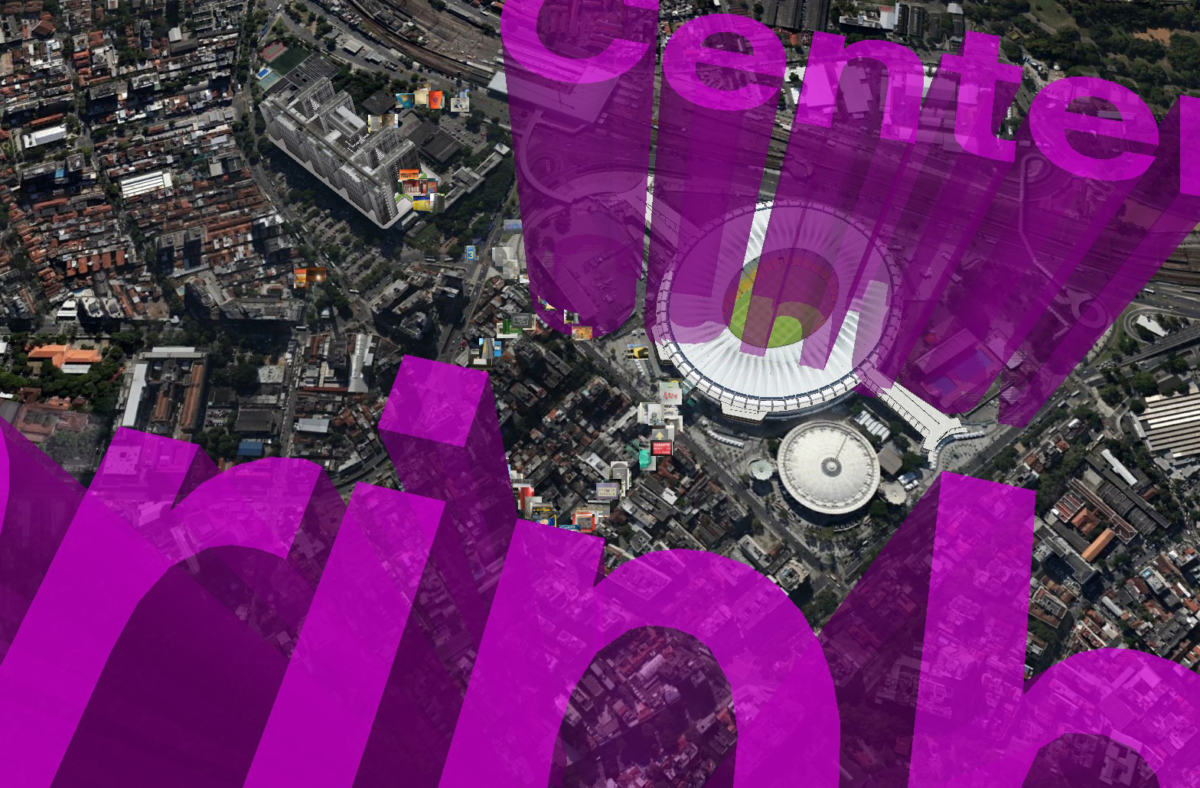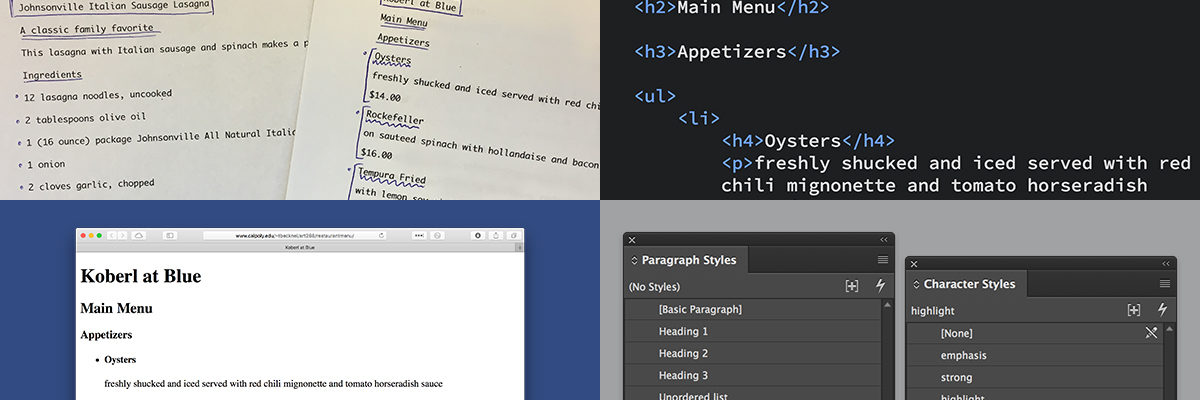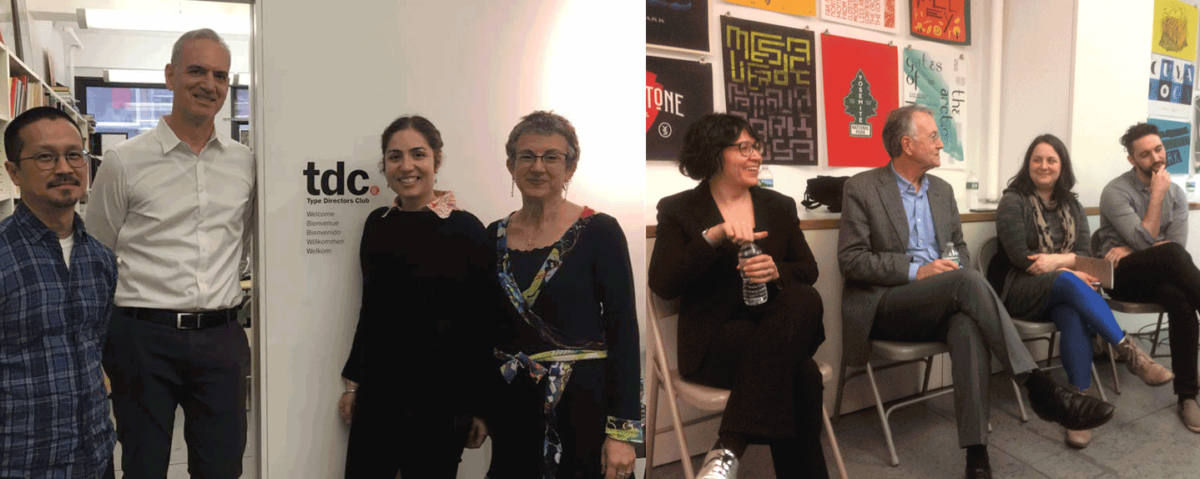Michele Damato McCaffrey
Assistant Professor
Department of Design
Syracuse University
How are students going to become empathic designers when they live and learn in a guarded design institution for four years? Can we develop courses/projects that encourage them to interact with communities outside of their own?
My work with students has shown they want to feel invested in their learning. Millennials are the most ethnically and racially diverse generation in the U.S. and are highly committed to social change. As design educators, we can use this information to tailor classes that will challenge them socially as citizens and designers so that they may have a deeper emotional connection to their work.
In my Experimental Typography Class, students are required to photograph the typographic signage/markings of an unknown neighborhood. For many, this may have been the first time visiting a neighborhood/culture significantly different from their own. Through typography only, the students designed a double-sided poster that communicates the culture and experience of that place. They come to understand how typography alone can reflect the ethnicity, culture, and socio-economic structure of a neighborhood. Though challenging and uncomfortable to some, students enjoy this project because they have the freedom to choose communities; take their own photography; spend time outside the boundaries and solitude of the classroom; and are in a new environment.
As a result, students often felt an investment and commitment to the neighborhood they chose to present. Not only did they fall in love with this new approach of discovering typography but also how they visually represented their story. Having students move outside of the classroom and interacting in new communities allowed them to (a) utilize their own strengths to develop their voice as designers and (b) raise their awareness of other communities as a first step toward becoming empathic and socially engaged citizens.
This research was presented at the Affiliated Society Meeting: Design Incubation Special Program on Typography on February 23, 2018.
